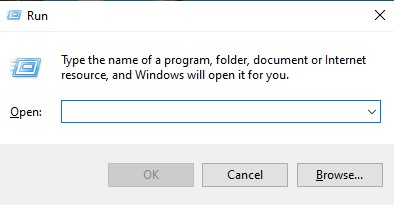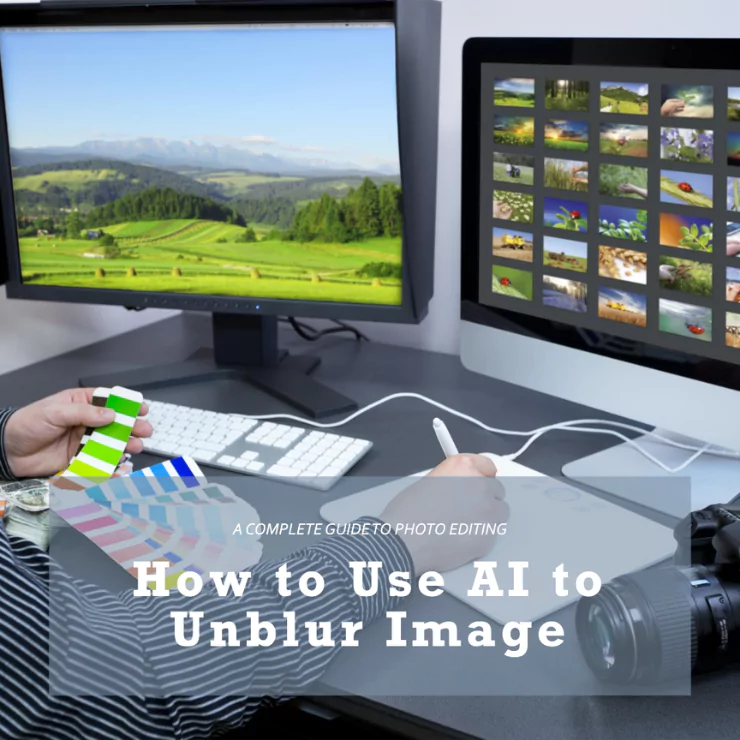If you’re a tech geek, you may be aware of Virtualization. Virtualization is a feature that allows users to run two or more operating systems on a single machine.
However, virtualization is not as easy as you may think; it requires a dedicated tool and a machine with Virtualization enabled. If Virtualization is enabled, you can use software like VirtualBox to create a virtual environment for running other operating systems.
How to Check if Virtualization is Enabled in Windows 10/11
So, if you are interested in using virtualization tools, you first need to ensure that your PC has virtualization enabled. Here’s how to check if Virtualization is enabled in Windows.
1. Using Command Prompt
This method utilizes the Command Prompt utility to check if Virtualization is enabled in Windows. Here’s how to use CMD to check for virtualization features.
1. First, press Windows Key + R on your keyboard. This will open the Run Dialog box.
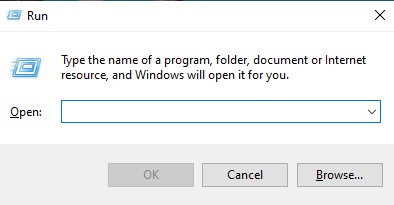

2. On the RUN dialog box, enter cmd and press the Enter button.
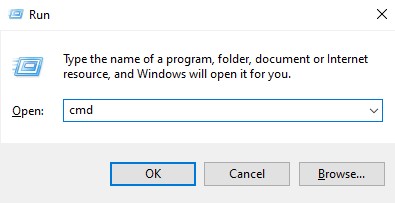

3. Next, on the Command Prompt, type in systeminfo and press Enter.
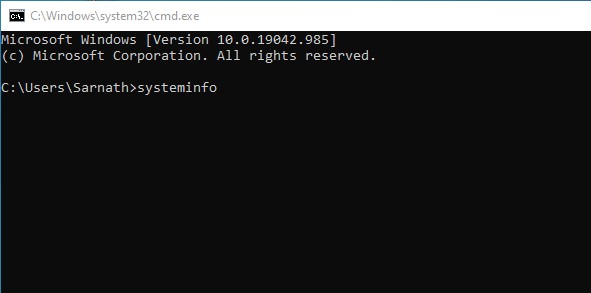

4. Under the Hyper-V requirements, check for Virtualization Enabled in the Firmware option. If Virtualization is turned off, it will show you No. If it’s enabled, it will display Yes
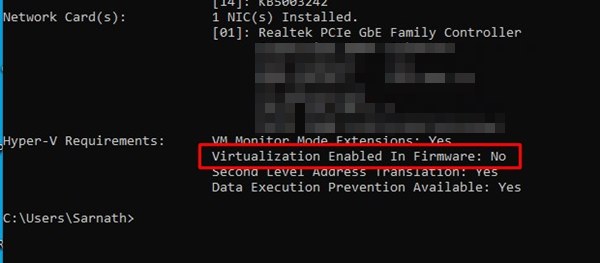

2. Using Task Manager
Well, Windows Task Manager is the easiest way to check whether Virtualization is enabled or not. Here’s how to use Task Manager to confirm the virtualization status in Windows.
1. Right-click on the Taskbar and select Task Manager.
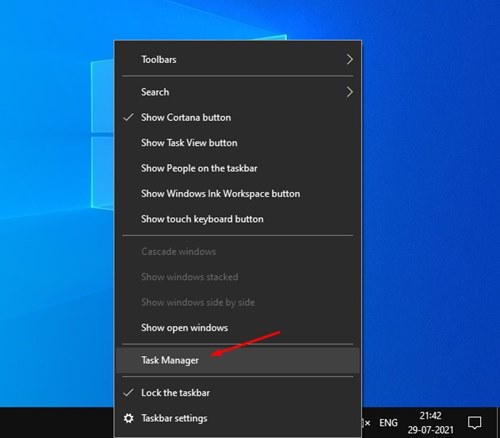

2. This will open the Task Manager. Next, select the Performance tab.
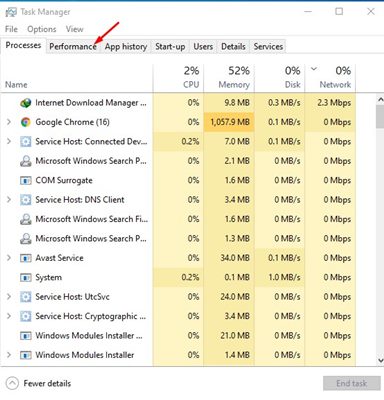

3. Next, on the Performance tab, select the CPU option.
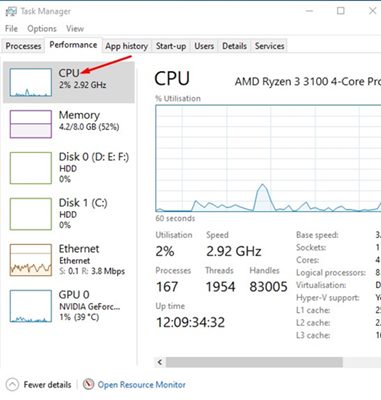

4. Next, on the right side, find the Virtualization option. If it shows Disabled, Virtualization is not enabled on your system.
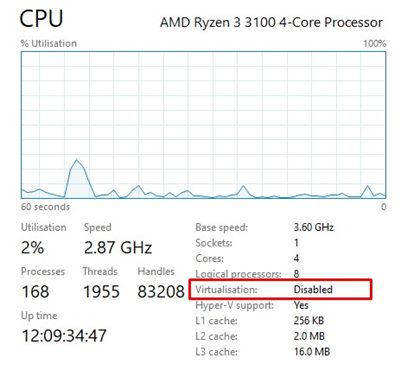

3. Check if Virtualization is Enabled Using PowerShell
You can also use Windows PowerShell to check if Virtualization is enabled on Windows 10/11. The command to check the HyperV Status is different; here’s what you need to do.
1. Type in PowerShell in the Windows Search. Next, right-click on PowerShell and select Run as Administrator.
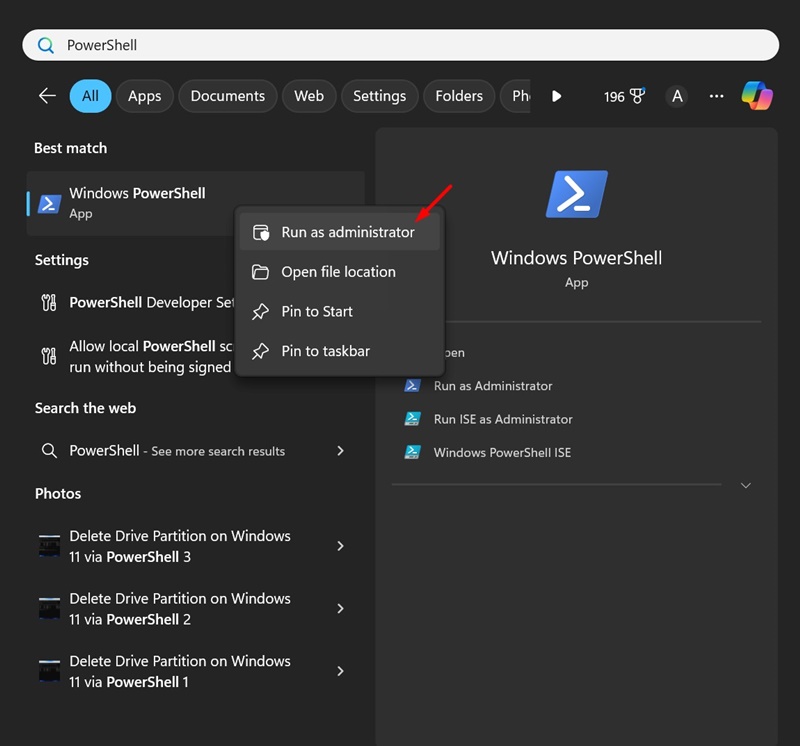

2. When the PowerShell utility opens, execute the given command:
Get-ComputerInfo -property "HyperV*"


3. Now, you need to look at the status of HyperVisorPresent. If it says True, it means virtualization is enabled. If the status shows ‘False’, Virtualization is disabled on Windows.
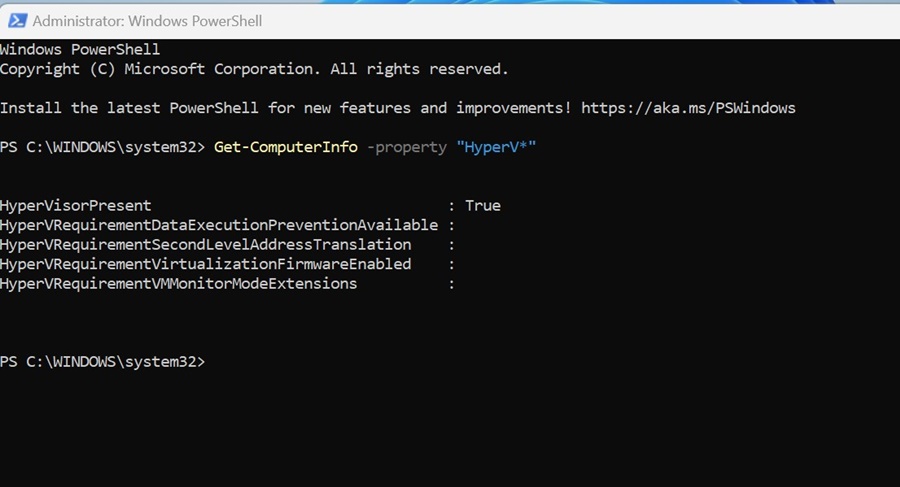

If Virtualization is disabled, enter the BIOS setting and check the CPU section. In the CPU section, locate and enable the Virtualization option. Once enabled, you can use Virtual machine programs.
Frequently Asked Questions:
What does Virtualization do?
Virtualization allows your computer to share its hardware resources with other apps. It also provides an isolated environment for testing programs or the operating system.
Does virtualization increase PC performance?
No! The virtualization feature decreases the PC’s performance. This is because your PC’s resources are shared with the sandbox programs.
Is it safe to enable virtualization in Windows?
While it’s completely safe to enable Virtualization in Windows, you should only enable it if you really need it.
How much RAM is good for virtualization?
If you plan to run Sandbox programs on your PC, ensure you have at least 4 or 8GB of RAM. The more RAM your PC has, the better the virtualization experience you’ll have.
This guide is about checking whether Virtualization is enabled in Windows 10. I hope this article helped you! Please share it with your friends, too. If you have any doubts, let us know in the comment box below.
